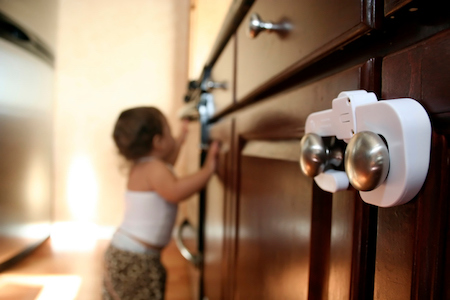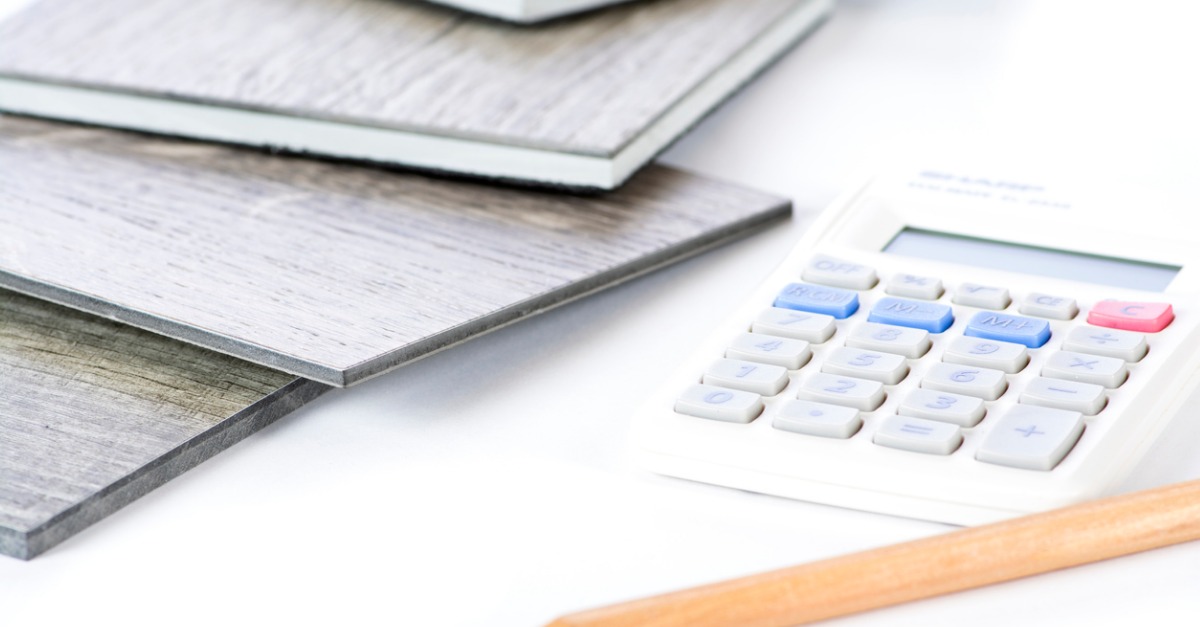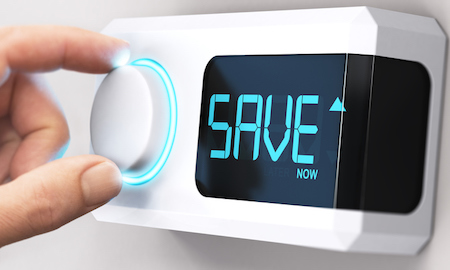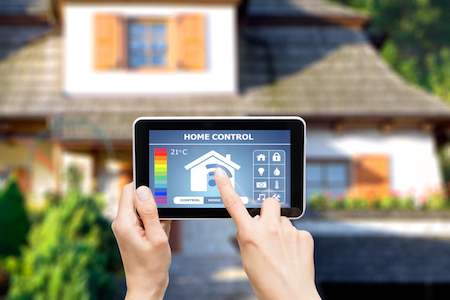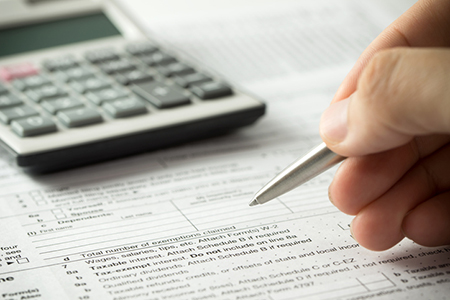
Sponges are a kitchen staple, but a clean sponge can spread grime all over your eating space. How often should you clean your sponge, and how should you do this? Don’t just trash a sponge when it begins looking spotty. Instead, clean them weekly, and toss them out monthly or sooner, depending on frequency of use. Our friends at Good Housekeeping offer the following solutions:
Soak ’em. Mix a third-quarter cup of bleach in one gallon of water. Soak the sponge for five minutes, then rinse. How effective is this? In testing, the bleach solution kills 99.9 percent of the three bacteria strains from the test sponges, which is the benchmark based on the EPA’s requirement for sanitization of non-food-contact surfaces.
Brine ’em. Not a fan of bleach? Vinegar is nearly as effective, killing 99.6 percent of bacteria. Simply soak your sponge in full-strength vinegar for five minutes, then rinse with water.
Zap ’em. Microwaving your sponge does indeed work, zapping 99.9 percent of germs. How do you do it? Saturate your sponge with water, then microwave it on high for one minute.
Cycle ’em. You can run your sponge through the dishwasher to sanitize them, again killing 99.9 percent of germs. Just add your sponge to a regular dishwasher load, and, if you can, use the heated dry setting.
Source: Good Housekeeping
